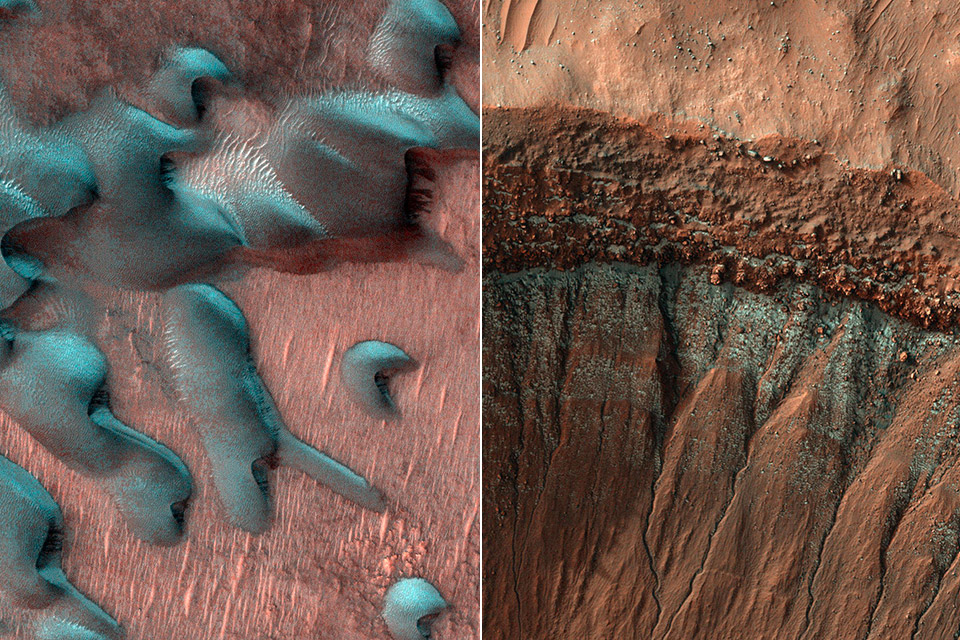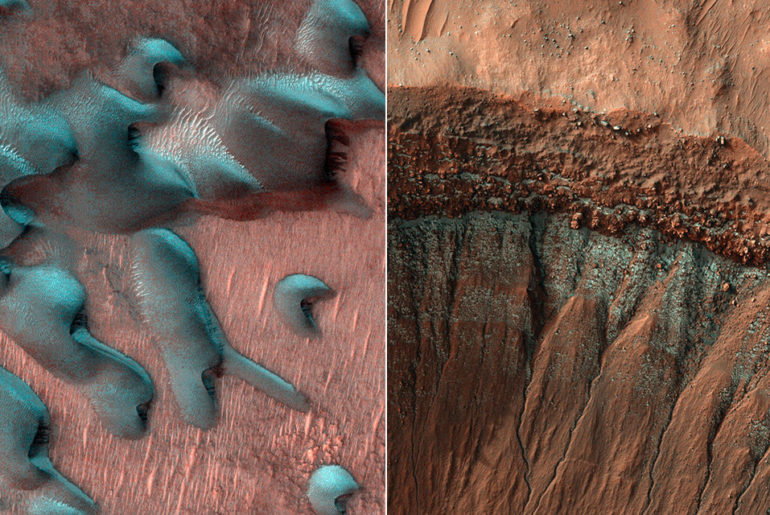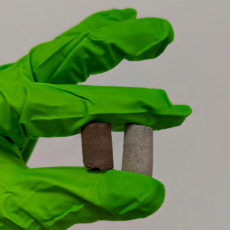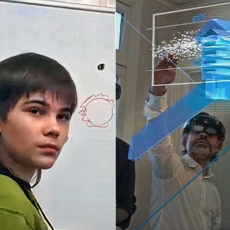
NASA shows us how winter transforms the surface of Mars into a colorful wonderland in a new video. Just like Earth, the Red Planet also experiences snow, ice, and frost, accompanied by the season’s sub-zero temperatures that get to as low as -190° Fahrenheit (-123° Celsius).
However, don’t expect mountains of snow, as no region on the Martian surface gets more than a few feet of snow, most of which can be found over extremely flat areas. Plus, the planet has an elliptical orbit, which means that winter takes much longer to arrive since one Martian year is equal to two Earth years. The snow that does fall is either water ice and carbon dioxide or dry ice due to the air being so thin and the temperatures so cold.
- SMARTPHONE-POWERED SKY TOUR: No experience needed! Just dock your phone, launch the StarSense Explorer app, and follow the on-screen arrows to locate...
- PATENTED STARSENSE TECHNOLOGY: Unlike other astronomy apps, StarSense Explorer uses sky recognition technology to turn your phone into a celestial...
- TONIGHT’S BEST TARGETS, INSTANTLY: The app generates a curated list of the top objects to see based on your time and location. See planets, bright...

HiRISE captured this spring scene, when water ice frozen in the soil had split the ground into polygons. Translucent carbon dioxide ice allows sunlight to shine through and heat gases that escape through vents, releasing fans of darker material onto the surface (shown as blue in this enhanced-color image)” said NASA.







